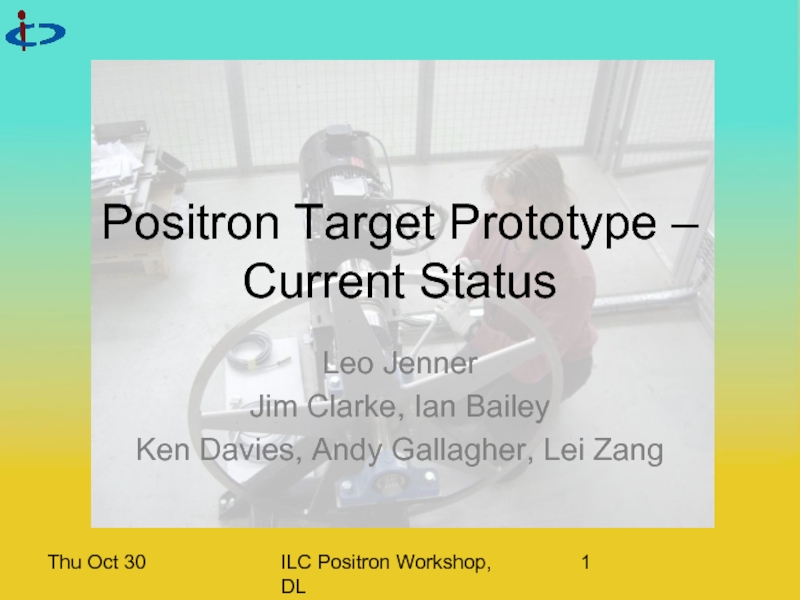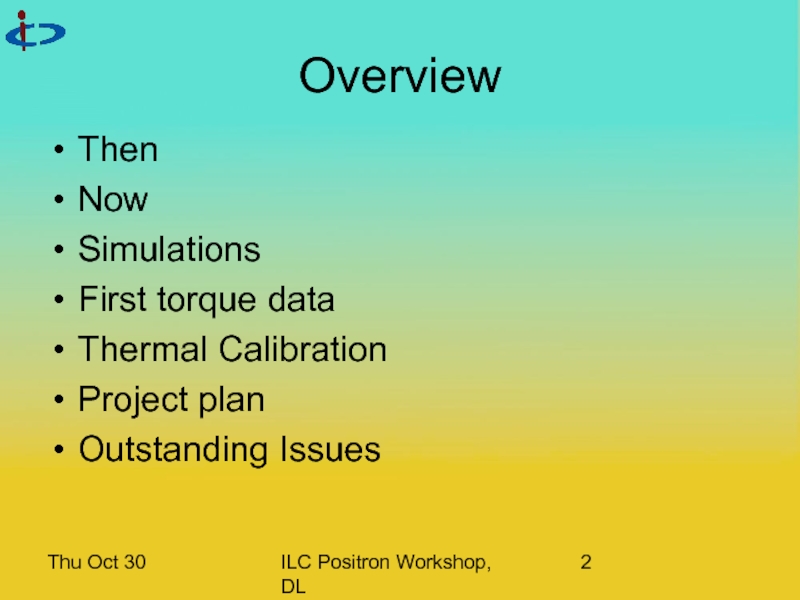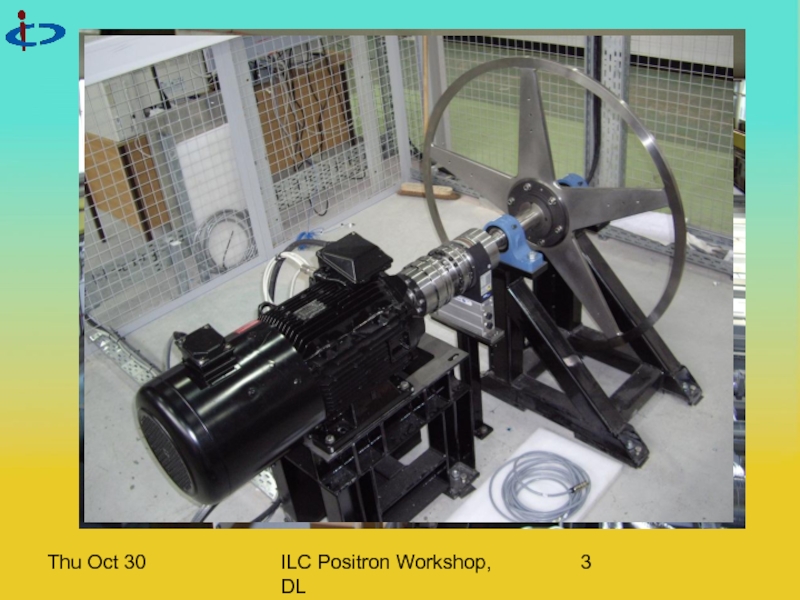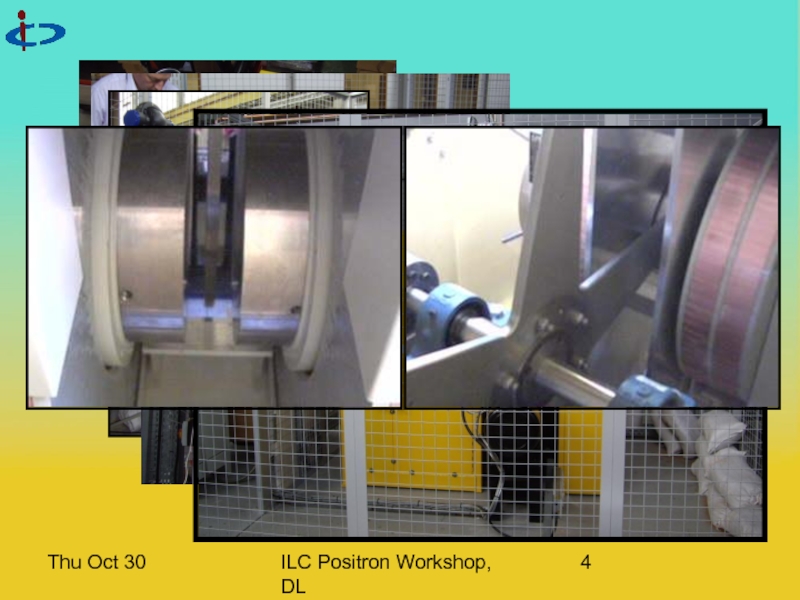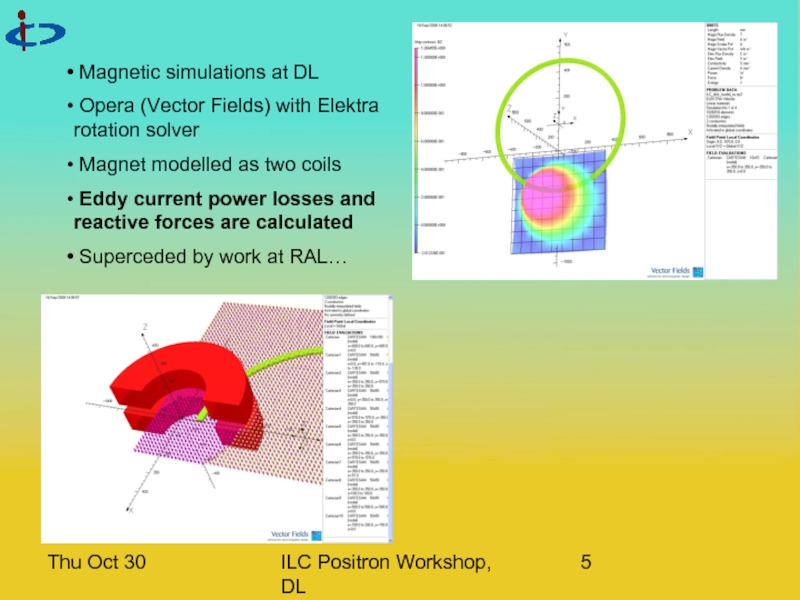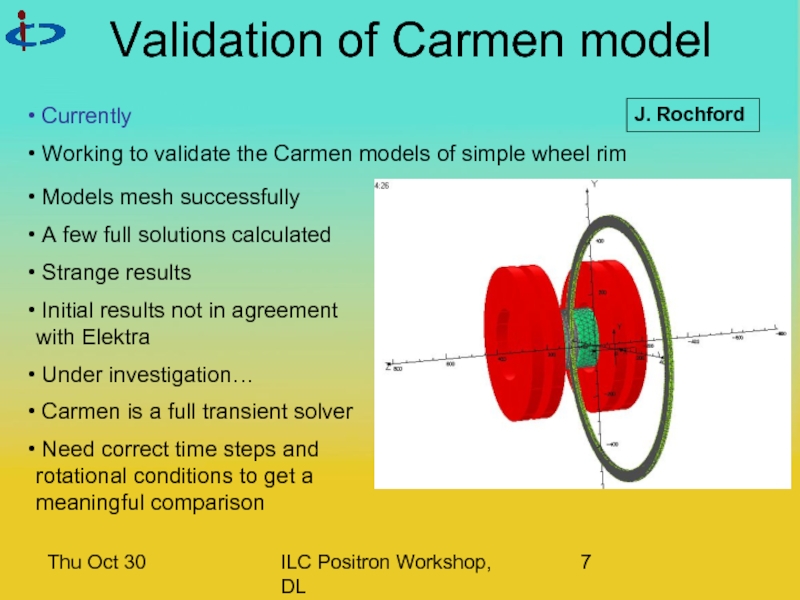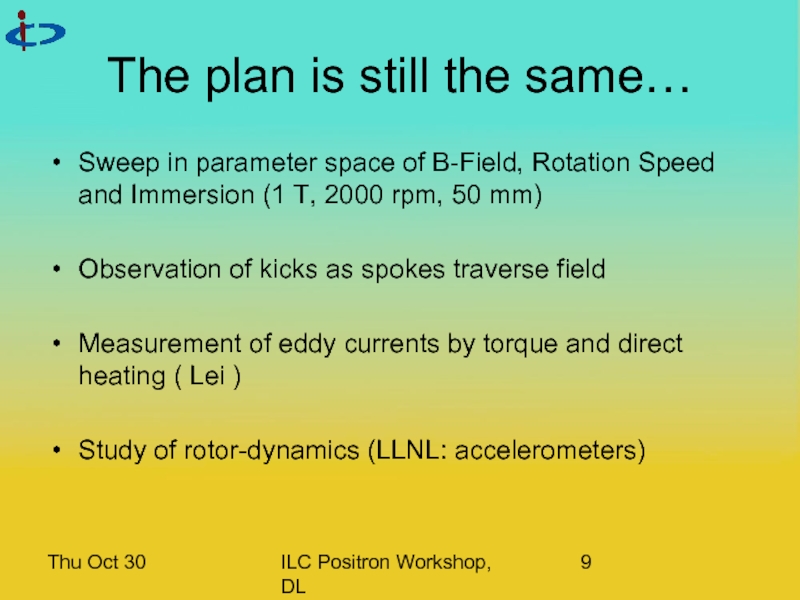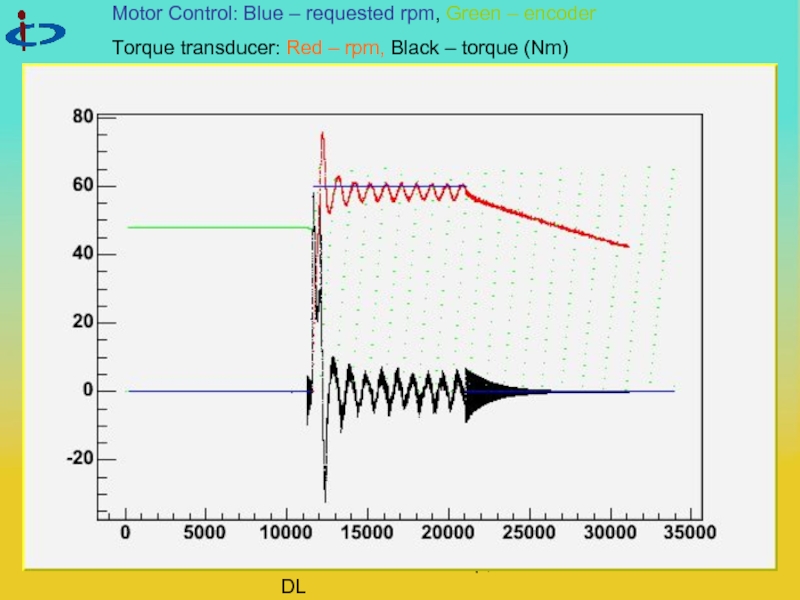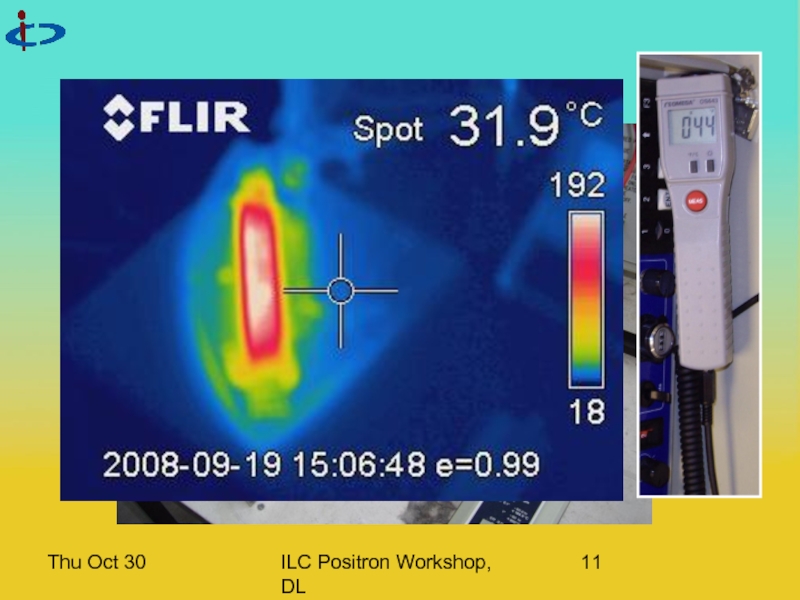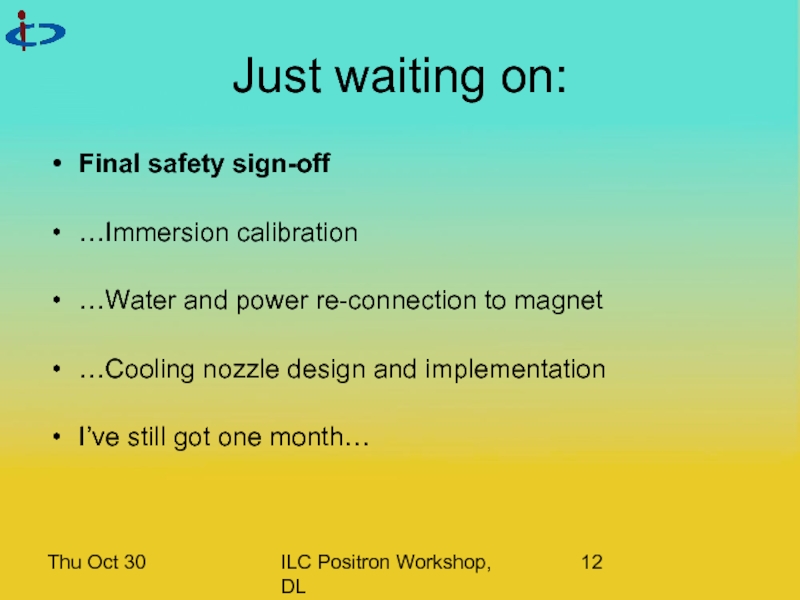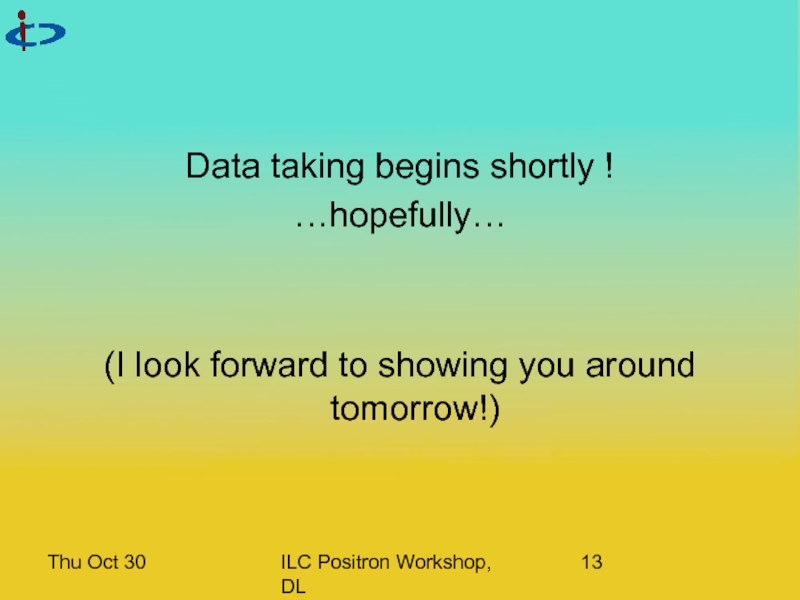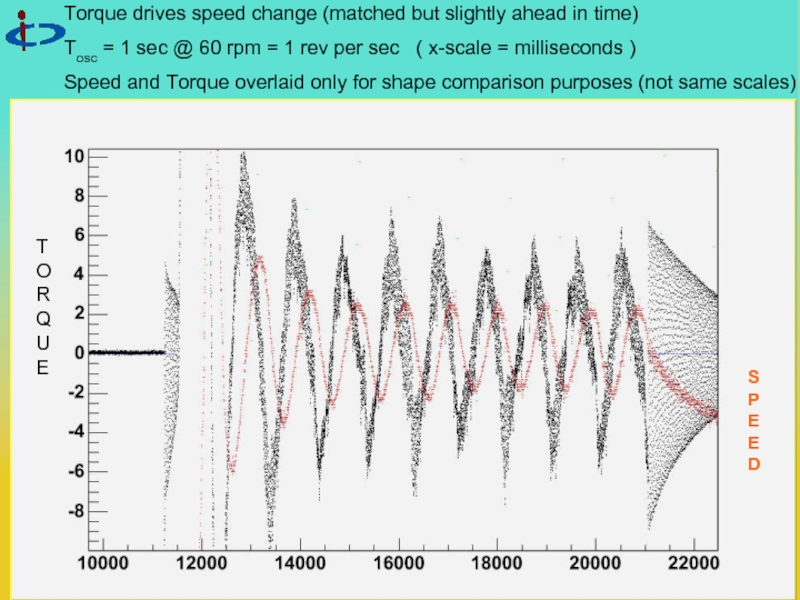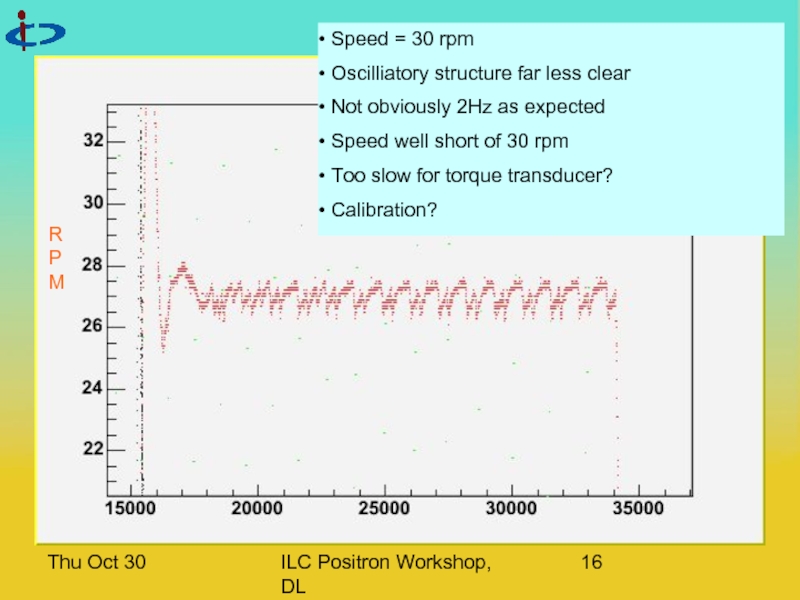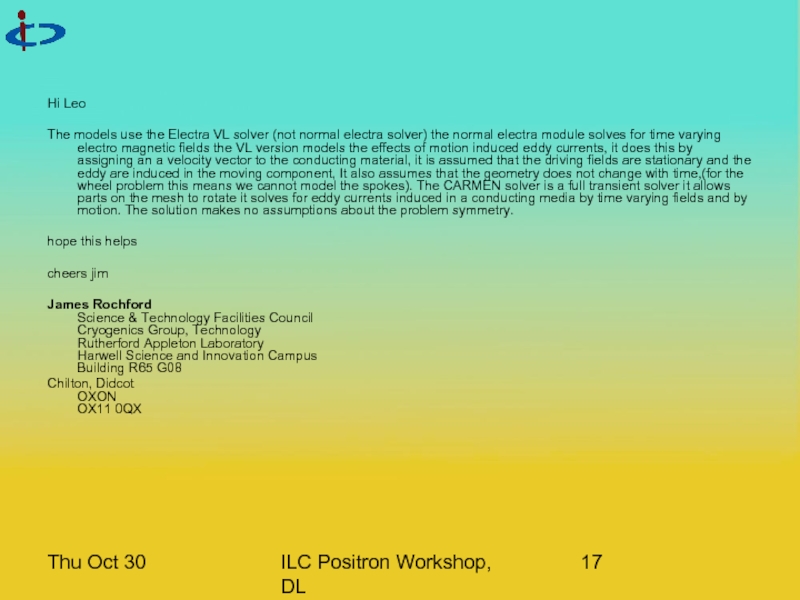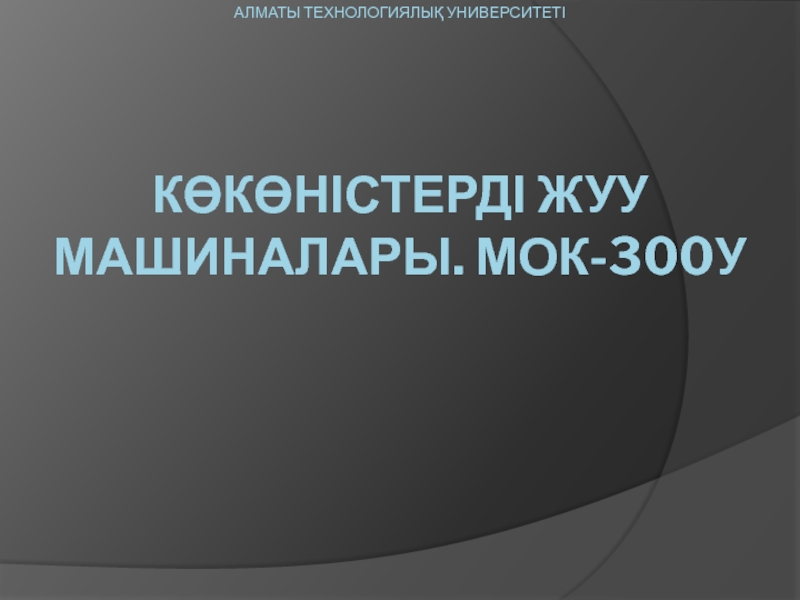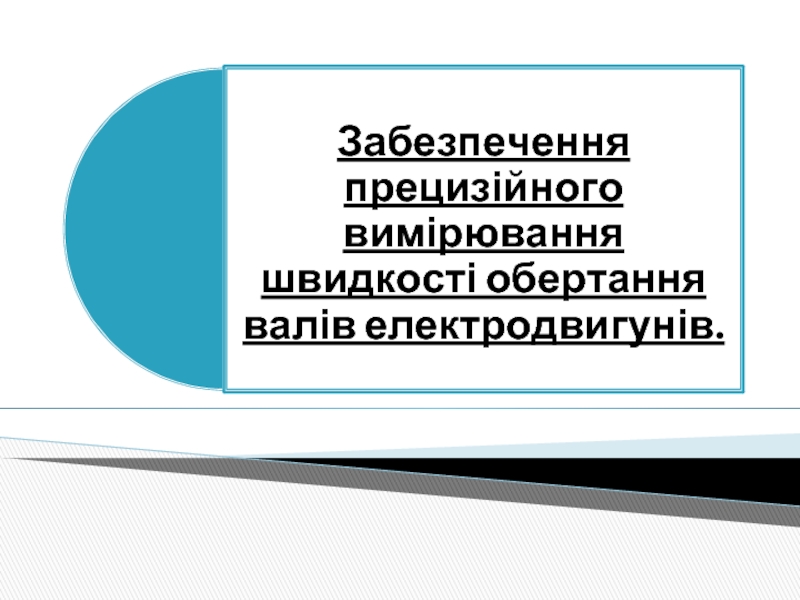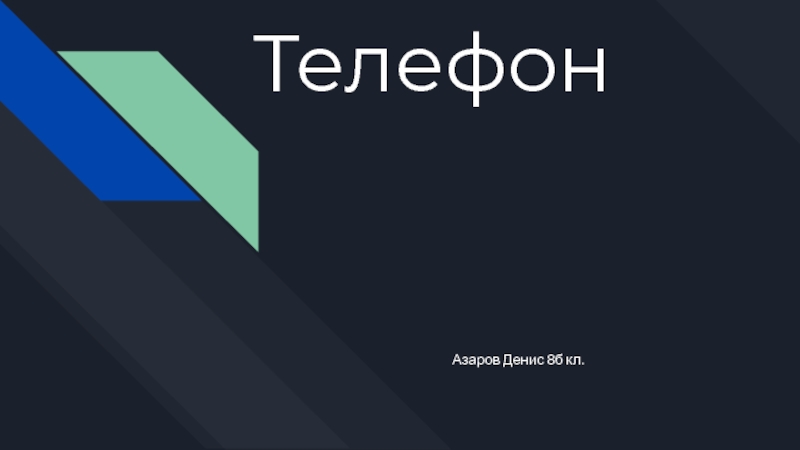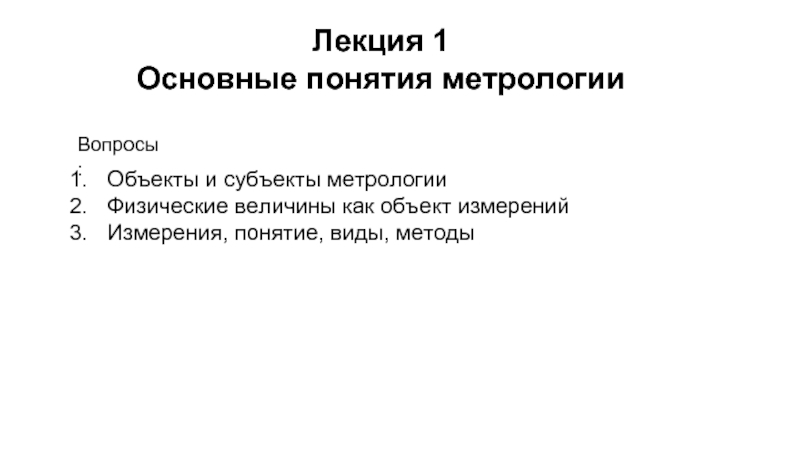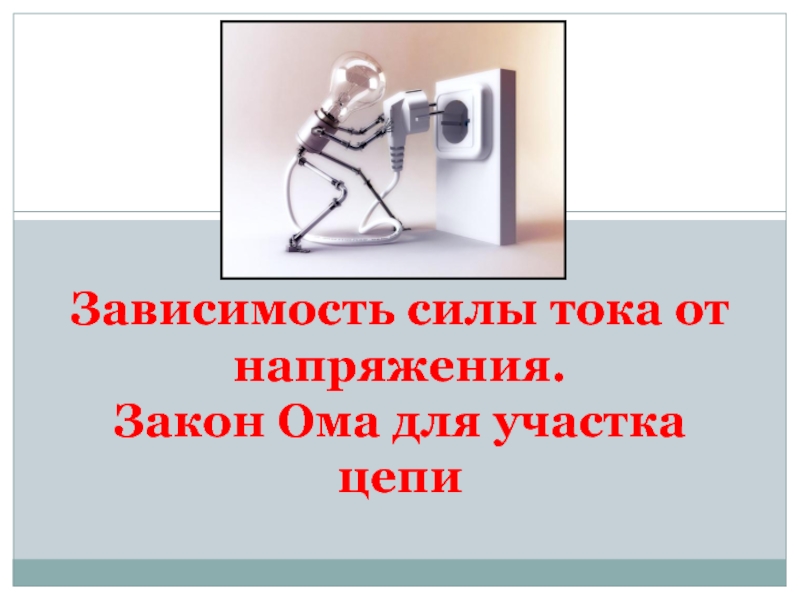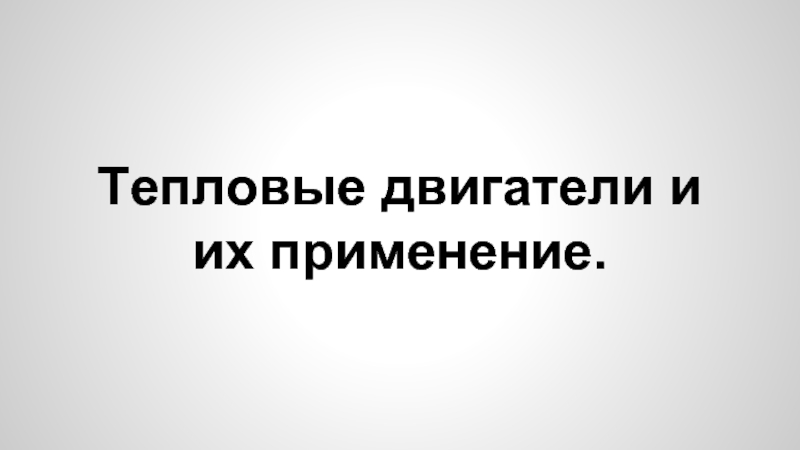- Главная
- Разное
- Дизайн
- Бизнес и предпринимательство
- Аналитика
- Образование
- Развлечения
- Красота и здоровье
- Финансы
- Государство
- Путешествия
- Спорт
- Недвижимость
- Армия
- Графика
- Культурология
- Еда и кулинария
- Лингвистика
- Английский язык
- Астрономия
- Алгебра
- Биология
- География
- Детские презентации
- Информатика
- История
- Литература
- Маркетинг
- Математика
- Медицина
- Менеджмент
- Музыка
- МХК
- Немецкий язык
- ОБЖ
- Обществознание
- Окружающий мир
- Педагогика
- Русский язык
- Технология
- Физика
- Философия
- Химия
- Шаблоны, картинки для презентаций
- Экология
- Экономика
- Юриспруденция
Positron Target Prototype – Current Status презентация
Содержание
- 1. Positron Target Prototype – Current Status
- 2. Thu Oct 30 ILC Positron Workshop, DL
- 3. Thu Oct 30 ILC Positron Workshop, DL
- 4. Thu Oct 30 ILC Positron Workshop, DL
- 5. Thu Oct 30 ILC Positron Workshop, DL
- 6. Thu Oct 30 ILC Positron Workshop, DL
- 7. Thu Oct 30 ILC Positron Workshop, DL
- 8. Thu Oct 30 ILC Positron Workshop, DL
- 9. Thu Oct 30 ILC Positron Workshop, DL
- 10. Thu Oct 30 ILC Positron Workshop, DL
- 11. Thu Oct 30 ILC Positron Workshop, DL
- 12. Thu Oct 30 ILC Positron Workshop, DL
- 13. Thu Oct 30 ILC Positron Workshop, DL
- 14. Thu Oct 30 ILC Positron Workshop, DL …ACTION!
- 15. Thu Oct 30 ILC Positron Workshop, DL
- 16. Thu Oct 30 ILC Positron Workshop, DL
- 17. Thu Oct 30 ILC Positron Workshop, DL
Слайд 1Thu Oct 30
ILC Positron Workshop, DL
Positron Target Prototype – Current Status
Leo
Jim Clarke, Ian Bailey
Ken Davies, Andy Gallagher, Lei Zang
Слайд 2Thu Oct 30
ILC Positron Workshop, DL
Overview
Then
Now
Simulations
First torque data
Thermal Calibration
Project plan
Outstanding
Слайд 5Thu Oct 30
ILC Positron Workshop, DL
Magnetic simulations at DL
Opera
Magnet modelled as two coils
Eddy current power losses and reactive forces are calculated
Superceded by work at RAL…
Слайд 6Thu Oct 30
ILC Positron Workshop, DL
Eddy current modelling summary
Introduction
From previous modelling
High
Good agreement with spinning disk models
Goal
Determine the effects of the spokes on the stability of the target wheel
Next steps
Use Elektra solutions to benchmark Carmen model
Work in progress…
When confident the Carmen solution is realistic will add spokes to wheel model
J. Rochford
Слайд 7Thu Oct 30
ILC Positron Workshop, DL
Validation of Carmen model
Currently
Working
Models mesh successfully
A few full solutions calculated
Strange results
Initial results not in agreement with Elektra
Under investigation…
Carmen is a full transient solver
Need correct time steps and rotational conditions to get a meaningful comparison
J. Rochford
Слайд 8Thu Oct 30
ILC Positron Workshop, DL
Final Carmen models
Next step
Complete
Initial meshing of problem successful
Yet to try to run a full solution
Little sense to attempt this until simpler Carmen wheel rim model validated
Then run full wheel models
The effect of the spokes should then be evident
Слайд 9Thu Oct 30
ILC Positron Workshop, DL
The plan is still the same…
Sweep
Observation of kicks as spokes traverse field
Measurement of eddy currents by torque and direct heating ( Lei )
Study of rotor-dynamics (LLNL: accelerometers)
Слайд 10Thu Oct 30
ILC Positron Workshop, DL
Motor Control: Blue – requested rpm,
Torque transducer: Red – rpm, Black – torque (Nm)
Слайд 12Thu Oct 30
ILC Positron Workshop, DL
Just waiting on:
Final safety sign-off
…Immersion
…Water and power re-connection to magnet
…Cooling nozzle design and implementation
I’ve still got one month…
Слайд 13Thu Oct 30
ILC Positron Workshop, DL
Data taking begins shortly !
…hopefully…
(I look
Слайд 15Thu Oct 30
ILC Positron Workshop, DL
Torque drives speed change (matched but
Tosc = 1 sec @ 60 rpm = 1 rev per sec ( x-scale = milliseconds )
Speed and Torque overlaid only for shape comparison purposes (not same scales)
TORQUE
SPEED
Слайд 16Thu Oct 30
ILC Positron Workshop, DL
Speed = 30 rpm
Oscilliatory
Not obviously 2Hz as expected
Speed well short of 30 rpm
Too slow for torque transducer?
Calibration?
RPM
Слайд 17Thu Oct 30
ILC Positron Workshop, DL
Hi Leo
The models use the Electra VL
hope this helps
cheers jim
James Rochford Science & Technology Facilities Council Cryogenics Group, Technology Rutherford Appleton Laboratory Harwell Science and Innovation Campus Building R65 G08
Chilton, Didcot OXON OX11 0QX
